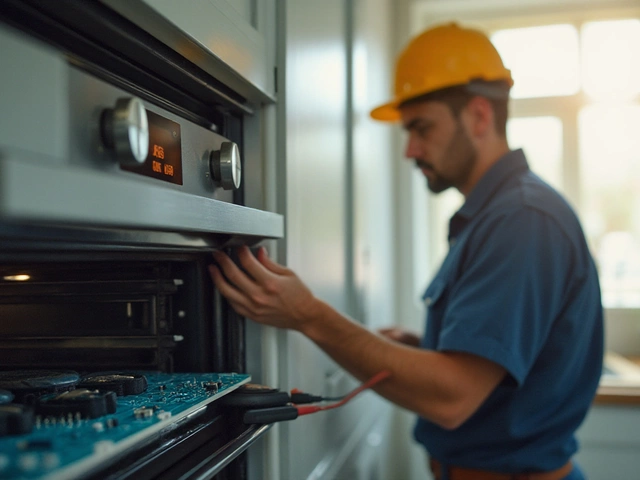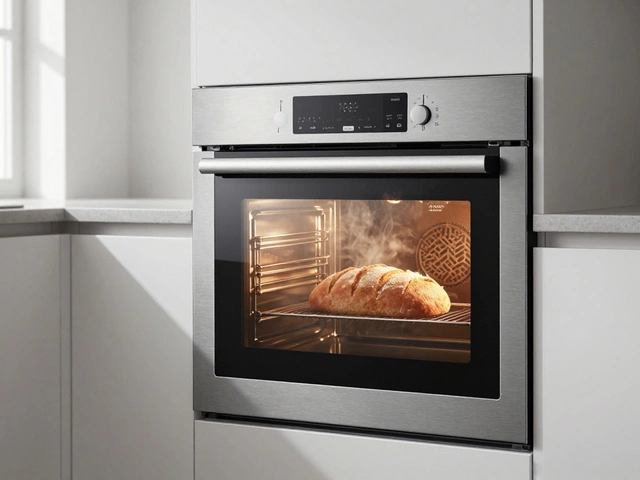Should You Invest in Replacing Your Oven's Control Board?
November 24 2024Heat Pump Efficiency – What It Is and How to Make It Better
Ever wonder why your heat pump sometimes feels like it’s working harder than it needs to? The secret is efficiency. When a heat pump runs efficiently, it gives you more warmth or cooling for every unit of electricity it uses. Less waste means lower bills and a greener home. Below we’ll break down the basics and give you simple actions you can take right now.
Understanding Heat Pump Efficiency
Efficiency isn’t a mystery number – it’s usually expressed as the Coefficient of Performance (COP) for heating and the Seasonal Energy Efficiency Ratio (SEER) for cooling. A COP of 3 means the pump delivers three units of heat for each unit of electricity. Higher numbers are better. SEER works the same way but over an entire cooling season.
Three things drive those numbers:
- Proper sizing: A unit that’s too big or too small will chase the thermostat and waste power.
- Refrigerant level: Low refrigerant makes the compressor work harder.
- Clean airflow: Dusty filters or blocked fins reduce the amount of heat the system can move.
When any of these get out of whack, the COP and SEER drop and your electricity bill climbs.
Practical Ways to Improve Efficiency
Here are easy, low‑cost steps you can start this week:
- Swap or clean filters monthly. A clean filter lets air flow freely, keeping the fan and compressor happy.
- Clear outdoor coils. Use a garden hose (low pressure) to spray away leaves and grime. Never use a pressure washer – it can bend the fins.
- Check for leaks. If you hear hissing or see ice forming, call a certified engineer to top up refrigerant.
- Upgrade your thermostat. Smart thermostats learn your schedule and avoid unnecessary run‑time, cutting energy use by up to 15%.
- Seal doors and windows. The tighter your home envelope, the less work the pump has to do to keep temperatures steady.
- Set realistic temperatures. Dropping the heating set‑point by 1°C can save about 3% on energy use. Same idea for cooling – keep the thermostat a couple of degrees higher.
- Schedule annual service. A professional will check refrigerant charge, electrical connections, and overall performance. Think of it as a health check for your pump.
Even if you’re not a DIY fan, most of these tasks take under ten minutes and don’t require special tools. The real money‑saver is the annual service – it catches hidden problems before they become expensive breakdowns.
Remember, a well‑maintained heat pump not only trims your bills but also lasts longer. Efficient operation reduces wear on the compressor, meaning fewer repairs and a longer lifespan for the whole system.
So next time you glance at your energy bill, ask yourself: “Did I clean that filter this month?” Small habits add up, and before you know it, you’ll be enjoying a comfy home while keeping the thermostat – and your wallet – in check.
 13 Feb
13 Feb
The Efficiency Limits of a Heat Pump: Understanding the Temperature Thresholds
Ever wondered when your heat pump stops being a superstar and starts slacking on your heating bills? Heat pumps work great until certain low temperatures hit, where they start losing their efficiency. Knowing this critical temperature helps in ensuring your heat pump is always up to the task. This article breaks down the temperature threshold for heat pumps and offers practical tips to keep them running efficiently.
Read More...



